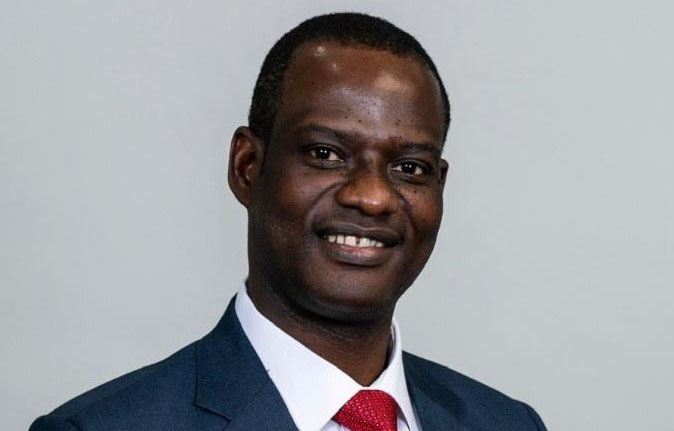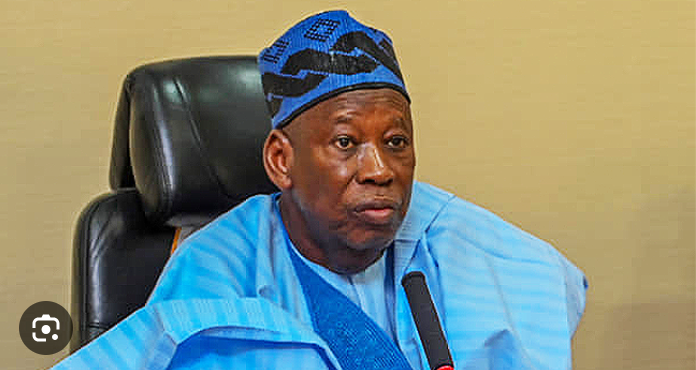
BudgIT has commended the Federal Government’s Open Treasury Portal for the purpose of increasing transparency in government spending, describing it as innovative and commendable, but that there much work still needed for the platform to fully achieve its goal of enabling public transparency and accountability.
On the 9th of December, 2019, the portal aims to provide a comprehensive space for the collation of data by all ministries, departments and agencies (MDAs) on budget implementation, financial records, as well as transactions above the threshold of (₦5m by MDA and ₦10m by the Office of the Accountant General of the Federation).
BudgIT, a civic advocacy society and accountability organization on budget and public finance issues, said it has just released a detailed report titled OpenTreasury.gov.ng: Nigeria’s Spending Platform: Review, Gaps & Recommendations” in which weanalyzed data uploaded on the portal from September 2018 to May 2020.
“To conduct our analysis, we collated, and analyzed over 100,000 payment entries from over 600 distinct spreadsheets. This, combined with the budget implementation spreadsheets, and tests of the sites usability and contact information features, afforded us the insights on the portal structure, functionality, shortcomings and improvement opportunities.
“Between January and July 2019, we discovered that large sums were paid into personal accounts; including several records with vague descriptions. Over 2,900 payments to individuals were recorded at an aggregate value of ₦51bn. A few examples include, ₦2.04bn, ₦2.04bn and ₦1bn paid into personal accounts on the 21st of June 2019 without any payment description along with another ₦68m payment for “ogunsuyi” and ₦15.8m for “international” on other dates.
“In the same 2019, we also discovered payment records without descriptions or beneficiary information. At least5,000 payment records valued at ₦278bn were without descriptions and 275 payment records with a value of ₦43bn were without beneficiary name. These inconspicuous payments cannot be assessed or traced by citizens and interested parties, thereby defeating the purpose of the platform to foster transparency.
“Our report also highlights several recommendations for improving user experience on the platform, increasing transparency of the data available and engaging citizens and stakeholders beyond the platform.
“For the Open Treasury portal to fully achieve its ambitious and worthy purpose of increasing public financing transparency and consequently improve accountability, it needs to be as easy to use and comprehend by citizens and interested parties, and each of the above questions need to be addressed.” Ojiugo Uche, Research Lead at BudgIT.
“BudgIT, therefore calls on the government to promptly rectify these highlighted fault lines of the portal. We also call for standardization of the portal such that it will be impossible to input incomplete or vague information. It is also important to investigate payments into personal accounts on the portal as this largely undermines the objective of creating the portal”.






